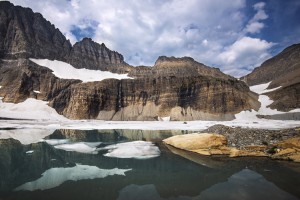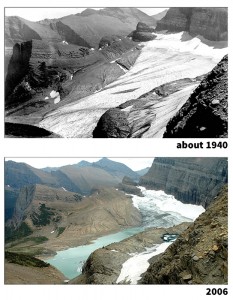George Armstrong Custer 180
Wednesday, December 4th, 2019December 4, 2019
Tomorrow, December 5, is the 180th anniversary of the birth of the United States Army officer George Armstrong Custer in 1839. Custer won fame as an American Civil War general and later as an “Indian fighter.” Indian fighter is a historical term that was once used to describe a soldier or other individual who was noted for battling Native Americans. Custer is best remembered for his role in the Battle of the Little Bighorn on June 25 and 26, 1876, in the Montana Territory. In this battle, which is also known as “Custer’s Last Stand,” warriors of the Sioux, Cheyenne, and other Native American nations killed Custer and all the men under his direct command.
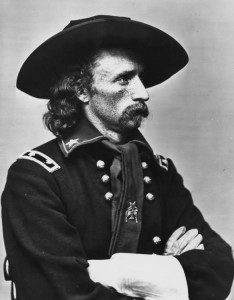
George Armstrong Custer was born 180 years ago on Dec. 5, 1839. Credit: © Hulton Archive/Getty Images
Custer was born in New Rumley, Ohio, on Dec. 5, 1839. He graduated from the U.S. Military Academy in 1861, ranking last in his class. But during the Civil War, which had just begun, Custer quickly gained attention as a fearless cavalry leader. In 1863, at the age of 23, he was made a brigadier general, and in 1865, a major general, both temporary ranks.
Many who served with the bold “boy general” admired his bravery and success. Many others felt that Custer was overly proud and too sure of his abilities. Some people were jealous of him and called Custer a “glory hunter.” But he captured the public’s attention and became a hero in the North.
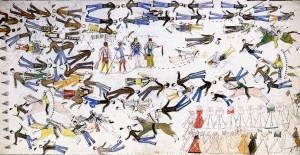
In the 1876 Battle of the Little Bighorn, Native American warriors killed U.S. Lieutenant Colonel George A. Custer and more than 250 of his soldiers. Kicking Bear, a Sioux leader, showed how the battle unfolded in this painting from the 1890′s. In the center of the painting stand the Sioux leaders Sitting Bull, Rain in the Face, Crazy Horse, and Kicking Bear. Credit: © Southwest Museum Pasadena / Laurie Platt Winfrey (The Art Archive)
After the Civil War ended in 1865, the Army dropped Custer to his regular rank of captain. He joined the Seventh Cavalry Regiment in 1866 as a lieutenant colonel. Custer won greater fame—and made more enemies—as an Indian fighter in the southern Great Plains region and in the Dakota and Montana territories. In early 1876, Custer’s regiment joined troops organized to force the Sioux and Cheyenne onto reservations. General Alfred H. Terry commanded the expedition. In June, the main part of the army force reached an area in the Montana Territory where Terry expected to find many Sioux who had refused to settle in reservations. Terry ordered Custer’s regiment to get in a position south of the Sioux encampment (which included people of several Native American groups).
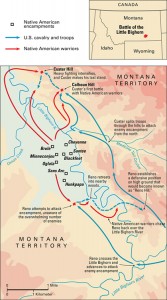
Click to view larger image
This map shows the movements of the Battle of the Little Bighorn on June 25 and 26, 1876. Credit: WORLD BOOK map
On the morning of June 25, Custer’s scouts found a Native American village in the valley along the Little Bighorn River. Custer expected to find about 1,000 warriors. He believed his 650 soldiers could easily capture the village. However, the camp really had at least 2,000 Native American warriors. This group, whose leaders included Crazy Horse, Gall, and Sitting Bull, was probably the largest gathering of Native American warriors in Western history.
Custer attacked immediately. He split his regiment into three main groups—one under Captain Frederick W. Benteen, one under Major Marcus A. Reno, and one under himself. He sent Benteen to the south to prevent anyone from escaping in that direction. He ordered Reno to cross the Little Bighorn and attack the village. Custer’s group turned north and went downstream, probably to attack a weak point in the village.
After intense fighting in the valley, Reno’s badly beaten troops retreated up the hills on the other side of the river. Benteen’s group joined Reno’s men there. About 4 miles (6.5 kilometers) away from this site, Native American warriors killed Custer and his entire unit. The fighting may have lasted only about one hour. The Native American warriors continued to fight Benteen and Reno’s troops until June 26. Later that day, they disbanded their camp and left the territory. Terry arrived with his soldiers on June 27.

